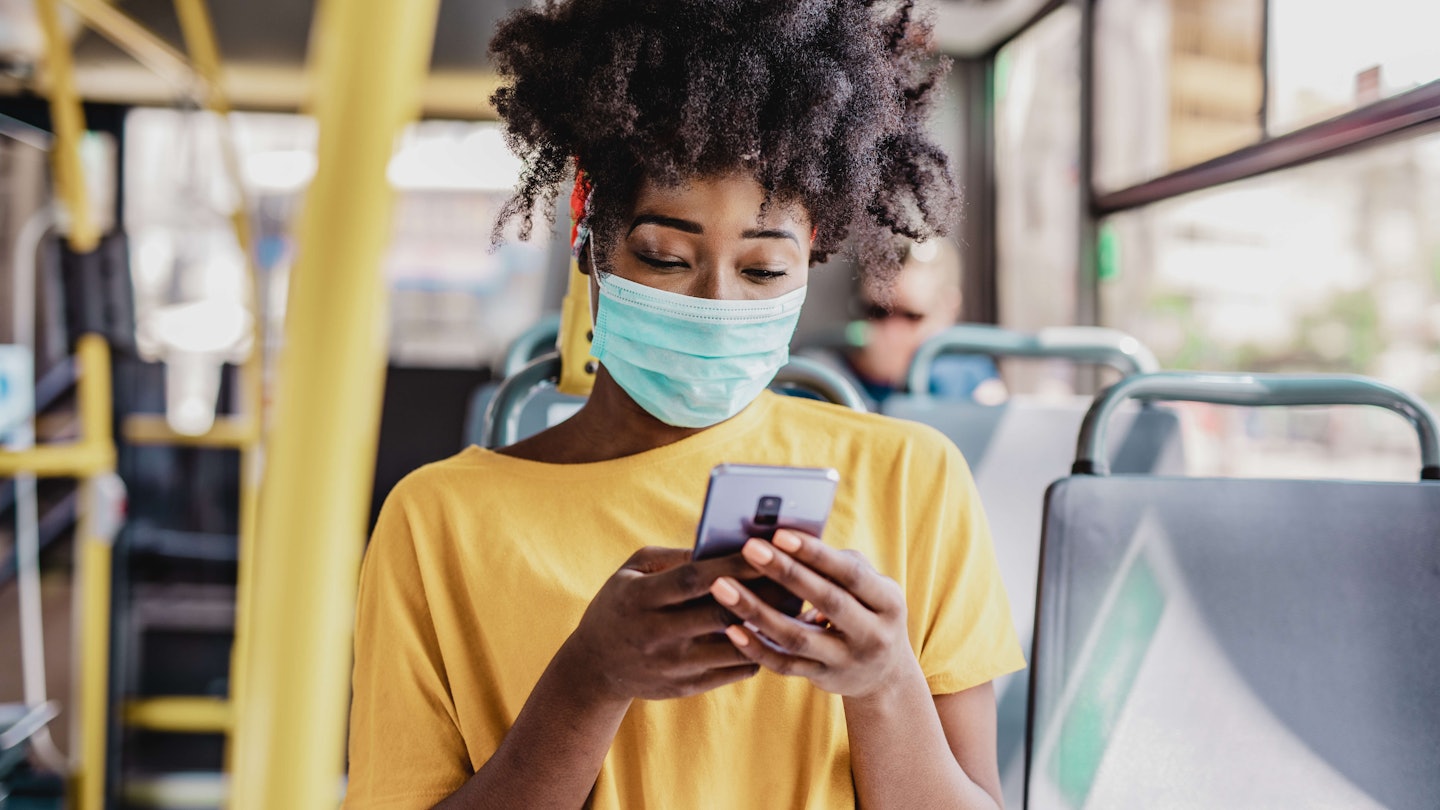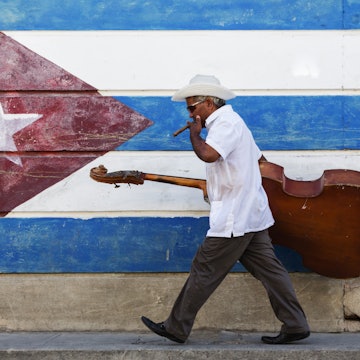

The IATA Travel Pass is one of a variety of “health credential” services © BlackCAT / Getty Images
For most international travel, you’ll have to provide proof of vaccination, a negative COVID-19 test or proof you’ve recovered from the virus in order to cross borders.
With many travelers and airlines looking for a simple way to store this information digitally, the International Air Transport Association’s (IATA) Travel Pass health information checking service is being rolled out by more and more airlines, and so are its competitors like CommonPass and VeriFLY. They’re not vaccination passports, so what are they, how do they work, who’s behind them—and should you use them?
What is the IATA Travel Pass?
The IATA Travel Pass is one of a variety of “health credential” services that some airlines are using to help them check the validity of the proof you send them of your COVID-19 status—whether that’s your vaccination, a recent test, recovery from the disease, or a combination of all three.
Read more: What is a vaccine passport and do I need one to travel?
It’s essentially an app on your phone where you take pictures of your vaccination records, a recent test or the proof you’ve recovered from COVID-19 within a certain time frame specified by the government of wherever you’re traveling to (and sometimes from). These are then checked and your airline is given either a green light or a red light for you to travel, according to the government travel rules of your destination country.
Dozens of airlines are trialling or using it—and other providers’ passes—to help them process your documentation, ideally well before you get to the airport. This helps them reduce queues and the cost of having staff members check your documents in person.
It’s different to the national or regional health pass wallets, like France’s TousAntiCovid, New York’s Excelsior Pass or the UK’s NHS COVID Pass. However, in the future, there may be links between them.
Other passes exist, with CommonPass and VeriFLY also in relatively wide use. Bear in mind that airlines may be trialling multiple pass options on different routes, so check any emails carefully and have a look at their website to confirm which you can use.
How do they work?
You take pictures of your documentation or upload an existing picture, depending on the functionality of the various apps. This is then processed by the app provider’s staff—whether the IATA Travel Pass, CommonPass, VeriFLY or whatever—who confirm whether your documentation is valid.
It can be a bit of a logistical humdinger to need to take a picture of the everyday vaccination pass or test result that lives in one app on your phone with another app on your phone. Keeping paper copies of your vaccination certificates and test results can be very helpful, but in a pinch you can always find a friend to send them to, and then take a picture of their phone.
Once the processing is done, which usually is a matter of minutes or hours, you essentially get a green light that you’re good to go, or a red light that means you can’t travel until you’ve fixed a problem.
That might be because: you’re vaccinated with a vaccine not recognised in your destination; you sent in the wrong type of test (antigen not PCR, say); your test wasn’t taken recently enough (perhaps it was taken 49 hours before you are supposed to travel, but your destination requires it to be less than 48); or simply that they weren’t able to read your documents.
Read more: PCR tests for travel: everything you need to know
Do keep an eye out for this—getting another vaccination isn’t exactly a fixable problem, but getting another test might not be the end of the world.
Who runs these passes?
IATA’s travel pass is run by an airline trade industry group, the International Air Transport Association, which is sort of a Better Business Bureau for airlines. Remember, IATA is not a governmental or intergovernmental body, it’s an airline association.
CommonPass is run by a non-profit public trust with links to the World Economic Forum (sometimes referred to as Davos, after the location of its annual meeting) and the Rockefeller Foundation. VeriFLY, meanwhile, is a product of biometric authentication software business Daon. Airlines are essentially outsourcing the verification to these apps, but in some cases, airlines are requesting that you upload the relevant information to them directly.
If you’re concerned about what happens to your data, that’s certainly a valid concern. As one example, British Airways uses VeriFLY for all flights into the UK. But its small print says: “The VeriFLY App is completely independent of British Airways and you are submitting your information directly to Daon (acting as the data controller), please check Daon’s privacy policy and terms and conditions.” However, it’s worth reading the fine print on VeriFLY to fully understand how your data will be used.
Where will I use a travel pass, is it mandatory, and should I use it?
A growing number of airlines are using them, so you’re likely to be seeing them the next time you take an international flight.
At present, they’re usually not fully required, but you can expect to receive multiple emails encouraging you to use them. You may also start seeing fast-track queues for people who have taken the time to enter their data. After all, it will take less time for an expert on these processes to check your documents remotely a day in advance than for a stressed check-in agent to try to figure out whether your vaccination certificate is valid or not.
So should you use it? Well, if you have privacy concerns, those seem valid—this technology has been developed pretty quickly, and it’s worth reading the privacy policies of the app should you have any reservations.
For more information on COVID-19 and travel, check out Lonely Planet's Health Hub.
Read more:
What is a vaccine passport and do I need one to travel?
PCR tests for travel: everything you need to know
What do I do if my flight gets cancelled - and can I get a refund?














